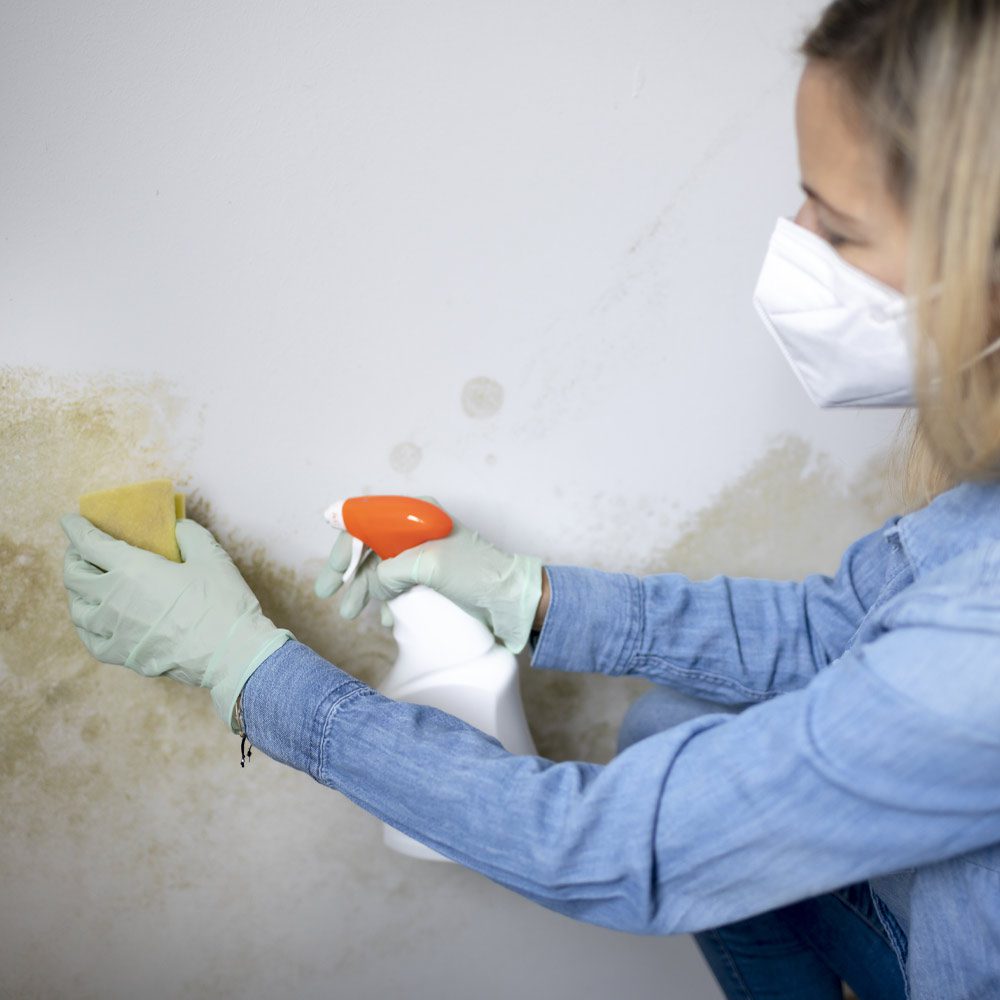Is Mold Dangerous to My Health?
When you hear the word mold, you might think of that fuzzy green stuff that shows up on old bread or in damp basements. But mold is more than just an eyesore—it can pose real risks to your health and home if left untreated. So, how dangerous is mold really? Let’s break it down.
What Is Mold?
Mold is a type of fungus that thrives in moist, warm environments. It reproduces by releasing tiny, lightweight spores into the air. These spores are everywhere—indoors and out—but when they find the right conditions, like in a damp bathroom or a water-damaged wall, they can grow quickly and become a problem.
Health Risks of Mold Exposure
For most people, occasional mold exposure isn’t a big deal. However, for sensitive individuals—including infants, the elderly, people with allergies, asthma, or compromised immune systems—mold can cause a range of symptoms.
Common health effects include:
- Sneezing and nasal congestion
- Coughing and throat irritation
- Skin rashes
- Watery or itchy eyes
- Wheezing or difficulty breathing
Prolonged exposure can lead to more serious issues, especially if you’re breathing in mold spores daily. In severe cases, certain types of mold (like Stachybotrys chartarum, or “black mold”) have been associated with more serious respiratory problems and chronic health conditions, though scientific consensus is still developing on just how toxic it is to the average person.
Mold and Pre-existing Conditions
If you or a loved one already suffer from asthma, mold exposure can trigger more frequent and severe attacks. People with compromised immune systems—such as cancer patients, organ transplant recipients, or individuals with autoimmune diseases—are at even greater risk for infections caused by mold.
In children, ongoing exposure to mold in the home has been linked to the development of asthma and other respiratory problems. That’s why early detection and prompt remediation are key.
Signs You Might Have Mold
Not all mold is visible. Sometimes, you might notice a musty odor without seeing any signs. Other times, you’ll spot black, green, or white patches on walls, ceilings, or in damp corners.
Signs of a mold problem include:
- A persistent musty or earthy smell
- Recent water damage or flooding
- Warping walls or peeling paint
- Unexplained health symptoms
What to Do If You Suspect Mold
If you think you have mold in your home, it’s important to act quickly. Start by addressing the moisture source—whether it’s a leaky pipe, poor ventilation, or flooding. Then, consider contacting a professional mold remediation service for inspection and safe removal.
Remember: simply cleaning mold off the surface may not be enough. Without addressing the underlying moisture, it’s likely to return.






